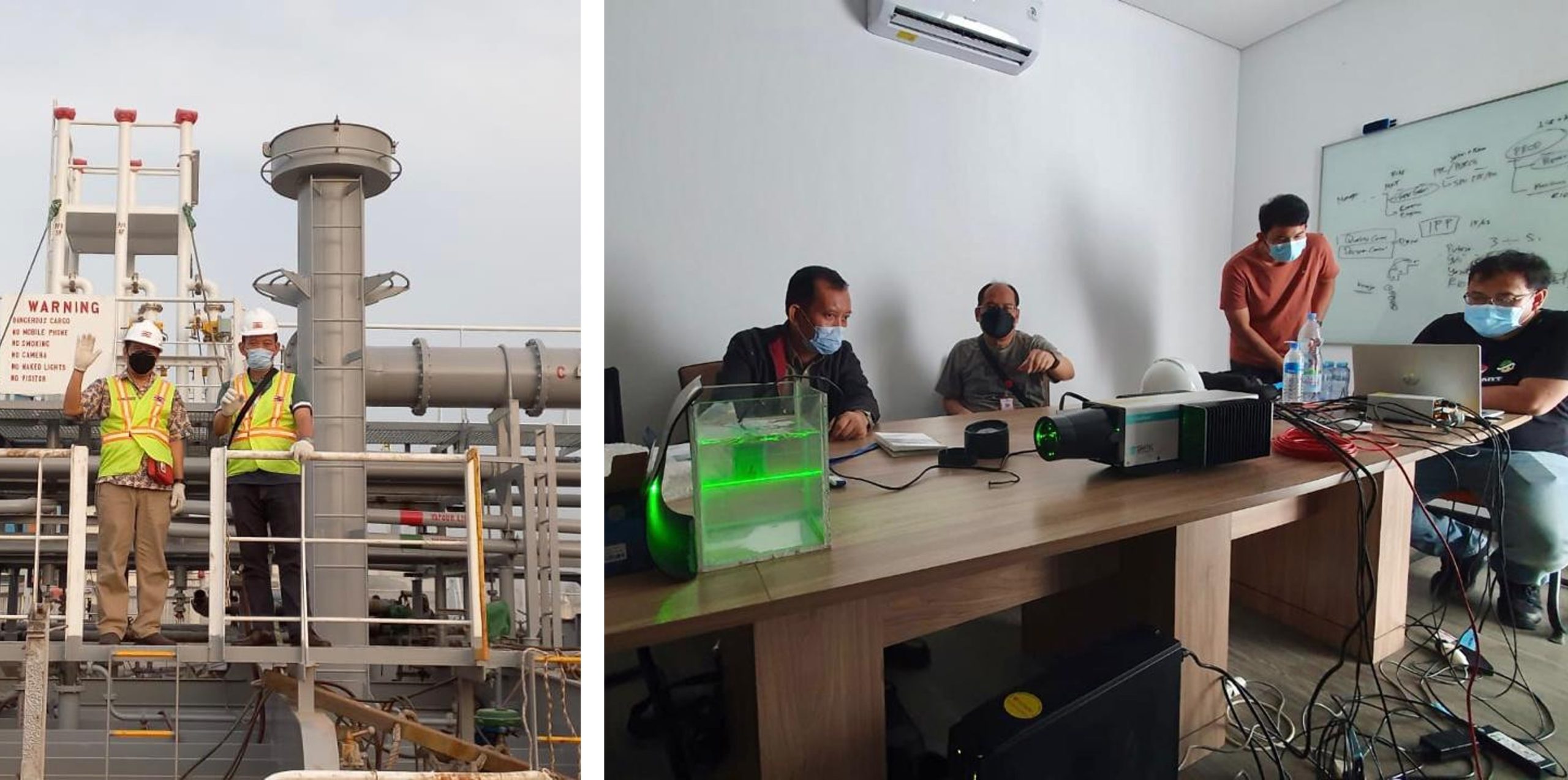Biofouling refers to the accumulation of microorganisms, plants, algae, and animals on submerged surfaces, particularly in aquatic environments. In the context of ships, biofouling occurs when these organisms adhere to the hull and other submerged structures, forming a layer of marine growth. This accumulation can have significant adverse effects on a ship’s performance and efficiency. Biofouling increases drag, resulting in higher fuel consumption and operational costs. Additionally, it can reduce the vessel's speed, maneuverability, and overall hydrodynamic efficiency.
After obtaining a small funding from the Australia-Indonesia Centre (AIC) in 2014, to get to know each other and seek the potential of joint research, Prof. I Ketut Aria Pria Utama from ITS and Prof Jason Monty together with Prof Nick Hutchins from Melbourne University decided to continue the collaboration. Acknowledging the crucial importance of energy conservation in ships and the concept of understanding the growth of boundary layer, Prof Utama, Prof Monty and Prof Hutchins together with Prof Barathram Ganapathisubramani from Southampton University UK submitted a proposal and later received a two-year funding from the Newton Fund in 2015. All of them have similar interest and strong background in fluid mechanics.
The research required a ship for experimentation, and PT. Dharma Lautan Utama, a company owned by an
ITS alumnus, generously provided one. During the experiments, the ship's bottom part was replaced with glass and subjected to laser scans to examine the growth of boundary layer. The movements of the ship were meticulously recorded. The outcomes of this research garnered attention, including coverage by Australian television and the publication of several significant papers, prompting its continuation. This part of research finally ended in 2018.
However, due to the Newton Fund's one-time funding policy for research on the same topic, Prof. Hutchins as the team leader has seeked further support and finally secured additional funding from the Australian Research Council, covering the period from 2021 to 2025. This time, PT Samudra Indonesia provides a ship to support the research; the current ship sails even farther to the ocean hence the results will be more interesting. The involvement of PT Samudera Indonesia is (by accident) in correlation with the recent MoU between ITS and the biggest shipping companies in the country. Luckily, some of the managers involving in the project, were ITS students in naval architecture. In addition, the project includes a PhD student from Indonesia and funded by LPDP.
As in the first part, the research team has presented the work in prestigious conferences of fluid mechanics in Madrid (Spain) and Washington DC (USA) and received considerable attention because of the use of commercial vessel, which is very unlikely so far. Whilst the research is still progressing, the team is preparing to publish the work to high-ranked journal such as Nature and Physics of Fluid, and other flagship conferences.
